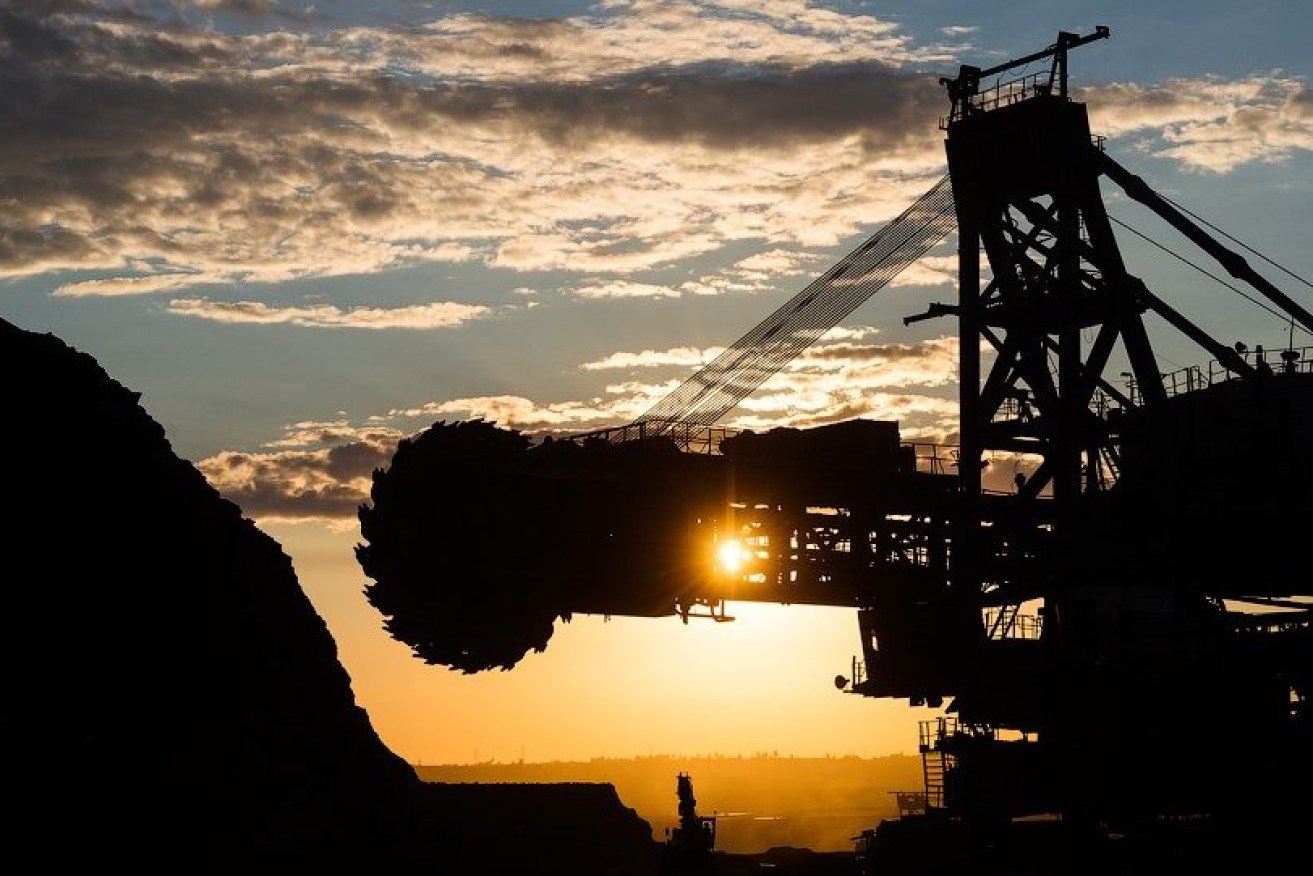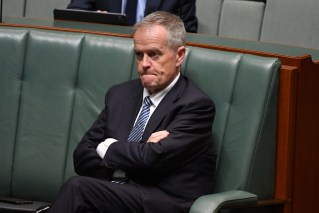Qld coal sector gets $7b windfall as global energy demand surges
Australia’s resources and energy exports have boomed by as much as $15 billion in three months and the ban by China’s on Australia’s coking coal, mostly from Queensland, has effectively been wiped out.


According to analysts, coking coal prices were still at or near $US400 a tonne while China has been forced to pay $US590 a tonne for coal from other markets. The expectation is the price would drop to about $US150 a tonne next year.
Metallurgical coal export earnings were $23 billion in 2020–21, with the sector affected by the COVID-19 pandemic, and to a lesser extent by China’s informal import restrictions.
“However, a strong recovery is underway, with further gains expected throughout the outlook period, as mines resume operations and newly formed supply chains strengthen amidst a broader global economic recovery. Export volumes are forecast to rise back to 186 million tonnes, with export earnings reaching $30 billion by 2022–23.
The boom has major consequences, not just for mining companies, but also for regional Queensland economies, the supply chain and the State Government’s royalty revenue.
According to the Office of The Chief Economist strong demand that was now being felt across Australia’s resource and energy exports which have been forecast to reach $349 billion in 2021–22, an increase of $39 billion on 2020–21.
At $349 billion, the forecast is $15 billion higher than those forecast in the June quarter.
And its not just coal. One LNG shipment from Australia recently was rumoured to have been valued at $100 million.
But the prices don’t have a long life. In 2022–23, exports were forecast to decline noticeably to just under the $300 billion mark.
The premium Australian hard coking coal was forecast to average $US162 a tonne in 2021, easing to US$159 a tonne in 2022, and $US152 a tonne 2023.
“Australian exports have now integrated into new supply chains, with no impact on volumes evident in the wake of the informal import restrictions imposed by China,’’ the report from the OCE said.
Australian coal demand has risen significantly in South Korea (up by 56 per cent between January and June 2021) and Japan (up by 65 per cent between January and June 2021)
“European importers have also sought greater access to Australian supply, seeking to capitalise on its lower price relative to US supply.
“Higher demand from India is expected to add further to pressure on Australian exports over the outlook period, with buyers in Japan, South Korea and Taiwan also expressing interest in greater supply in the December quarter.
“The build-up of Australian metallurgical coal inventories — which followed the commencement of Chinese import restrictions — has now largely cleared, with trade volumes fully restored.
“Both a stronger outlook for base metals and coal, and the noticeable decline in the Australian dollar over the past three months, have more than offset the impact on export earnings of the modest downward adjustment we have made to our iron ore price forecasts.’’
Exporters of aluminium, nickel, zinc and copper were also benefiting from the global move to low emission technologies.
Large Indian steelmakers have announced projects worth a total of $US11 billion over the next five years, though final investment decisions are yet to be made in many cases.
“Indian steelmaking – and thus the importation of metallurgical coal – is consequently expected to rebound, rising slowly in the final quarter of 2021 and more rapidly from early 2022. Imports are forecast to reach 75 million tonnes by 2023. Australia is well placed to supply much of this extra demand.












